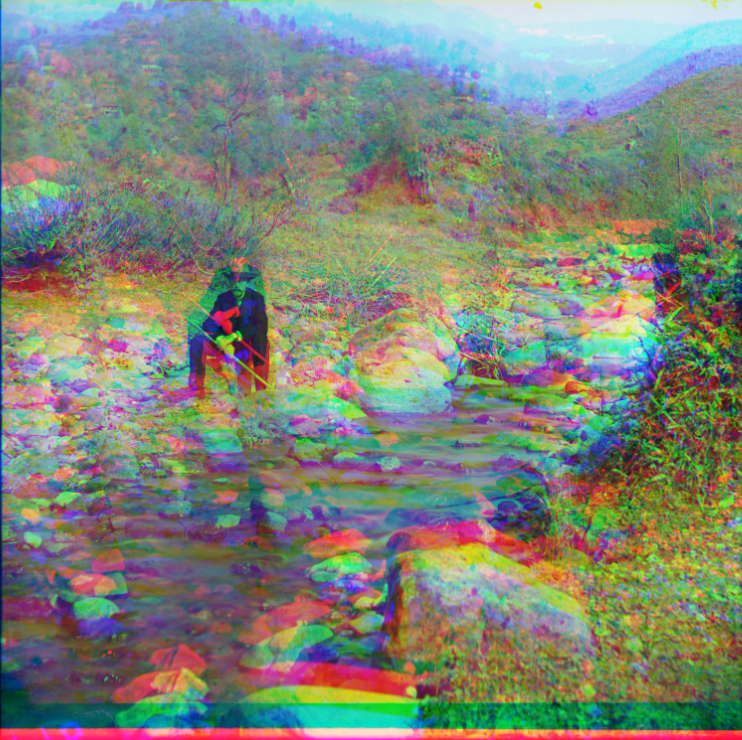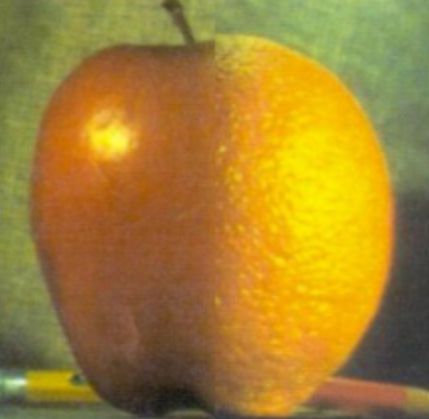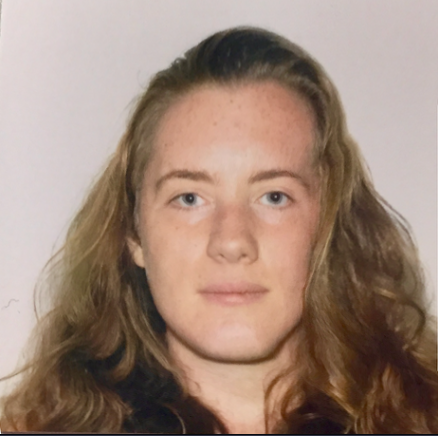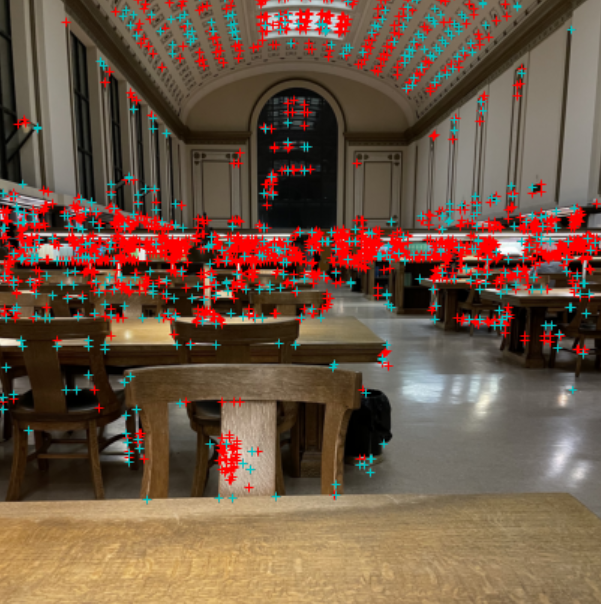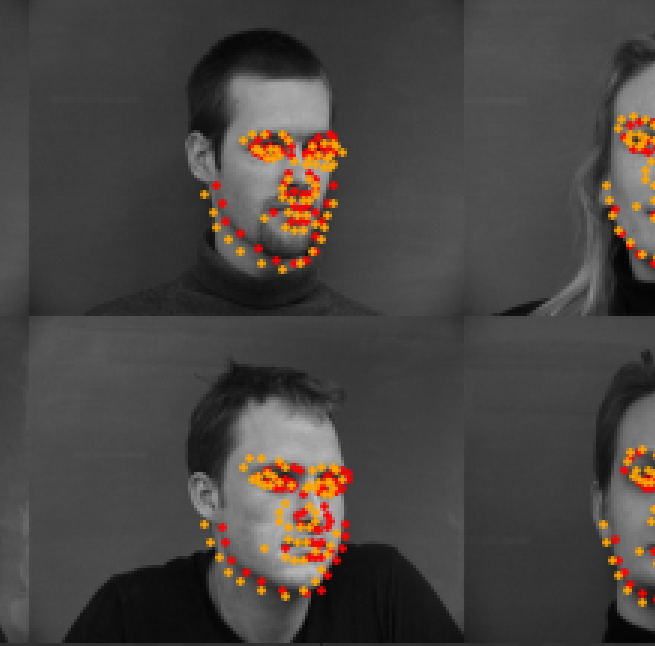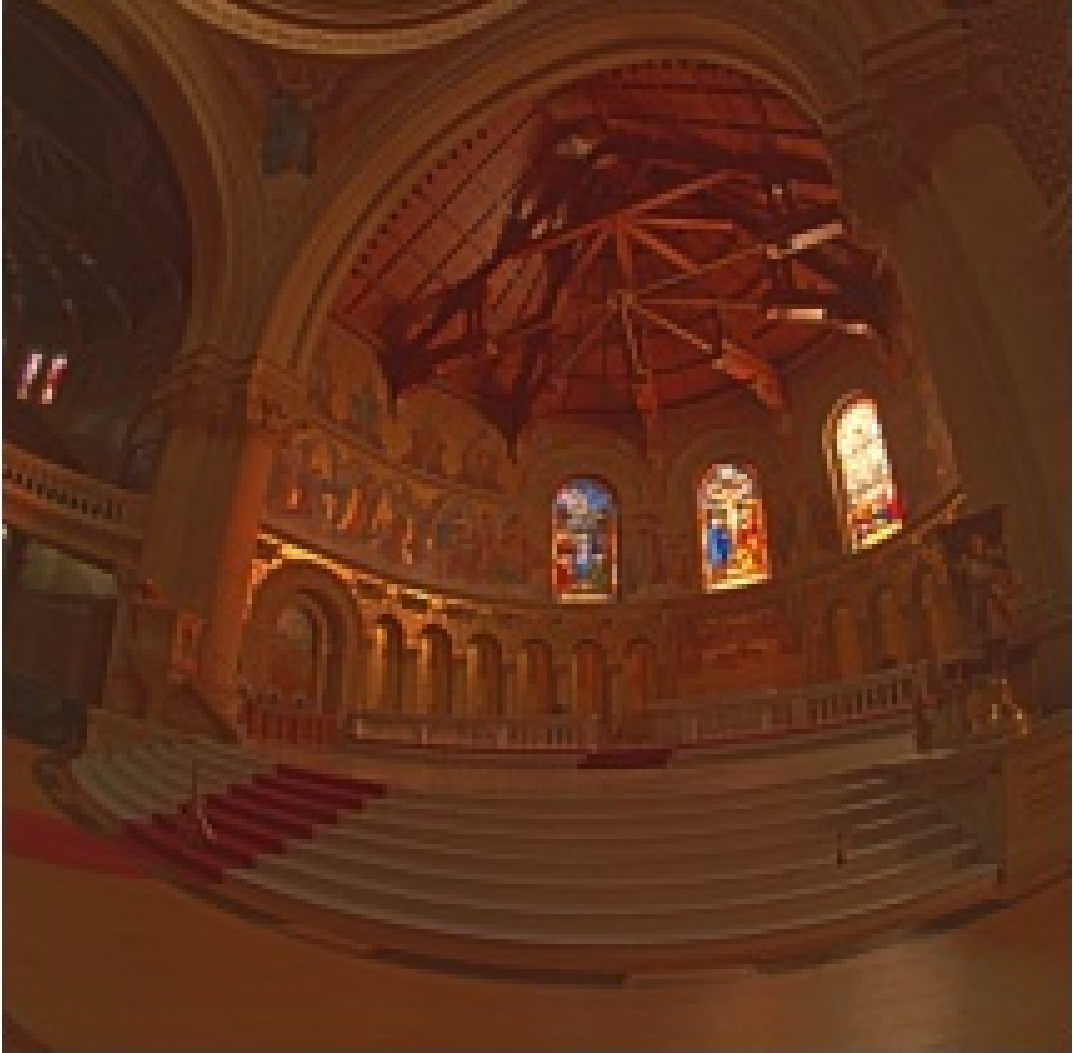PROJECT 1: Image Alingment
In this warm-up project, we take black and white photos, taken with three color filters, and combine them to get color images in a time where there were no color cameras. Though the results are betufil color images, this project is specially focused on image aligment tactics.
See Project